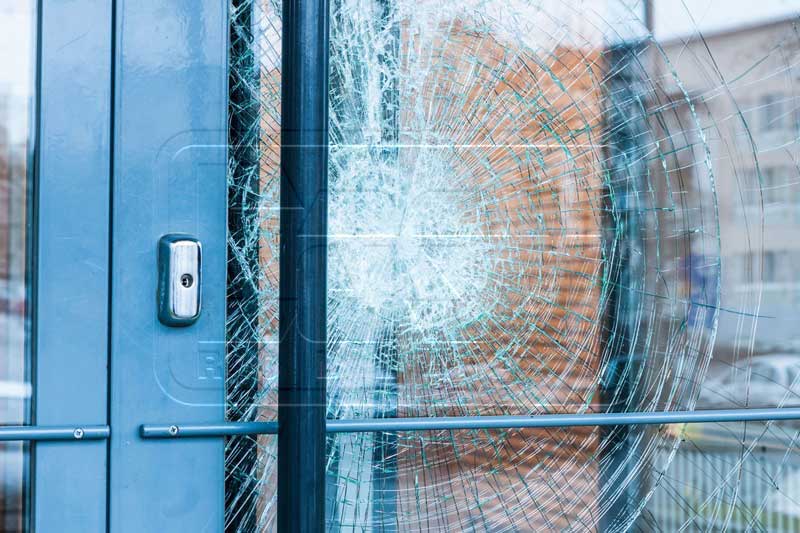Laminated and Bulletproof Glasses
A PVB layer is used between security glass to create laminated and bulletproof glass. These PVB layers are connected by Autoclave Machine. By adding more layers of PVB and security glasses, bulletproof glasses are made. This glass doesn’t scatter by a bullet. The possibility of glass particle thrown at the time a bullet hits the glass is zero.
PVB holds the glass particle together. The thickness of laminated glasses depends on the application.
Laminated and bulletproof glasses are stronger and more resistant than normal glasses that is because of their structure.
Bulletproof glasses are usually used for banks, governmental, political and army cars, and showcases of jewelry shops. Currently, bulletproof and anti-theft glasses are made of glass and hard plastic (polycarbonate of acrylic glass). PVB is inserted between these glass or plastic layers. Then, they undergo heat and pressure.
This process is done in a vacuum to prevent air from penetrating the layers. Because air weakens the glass and deviates the light.

